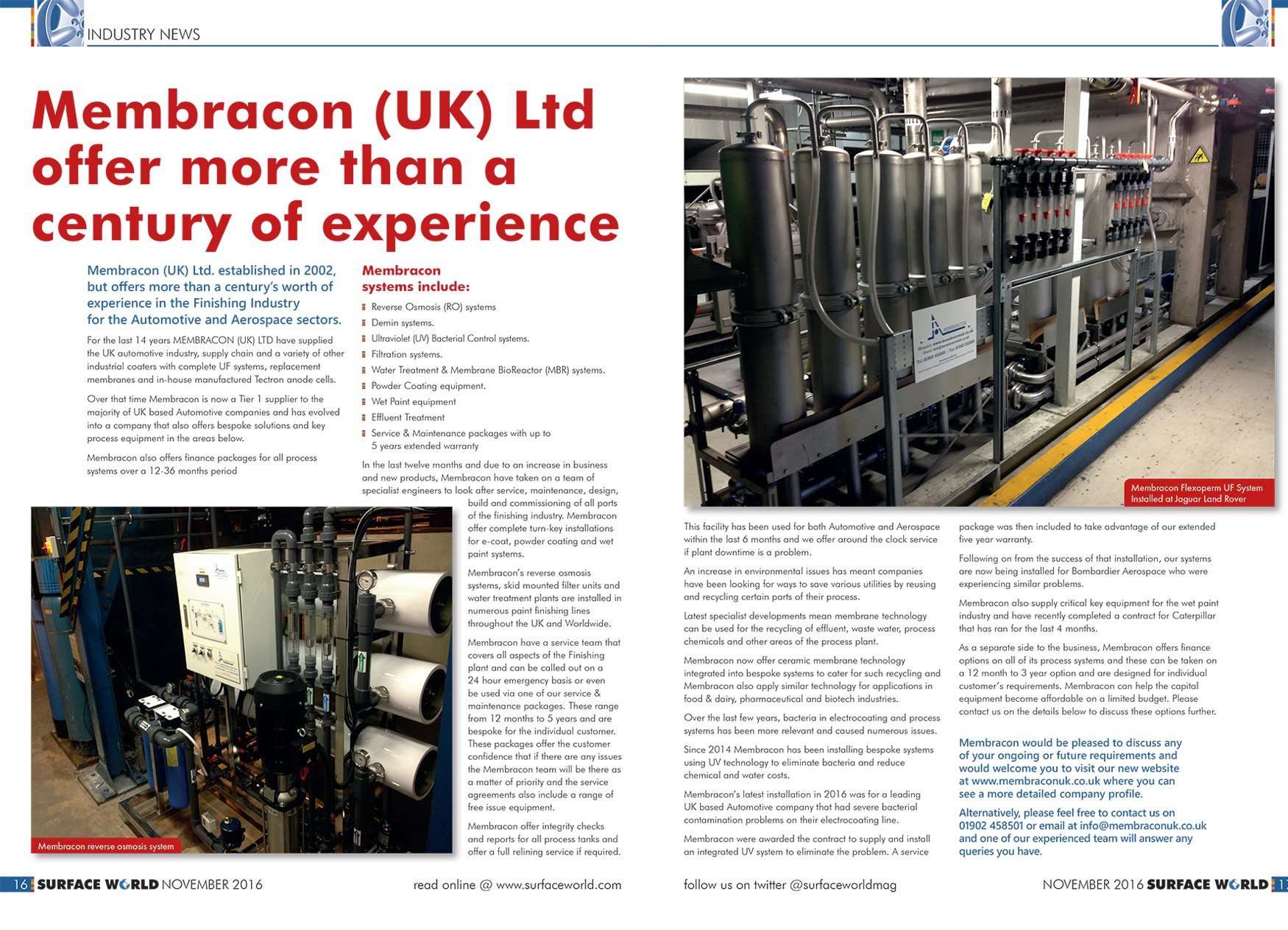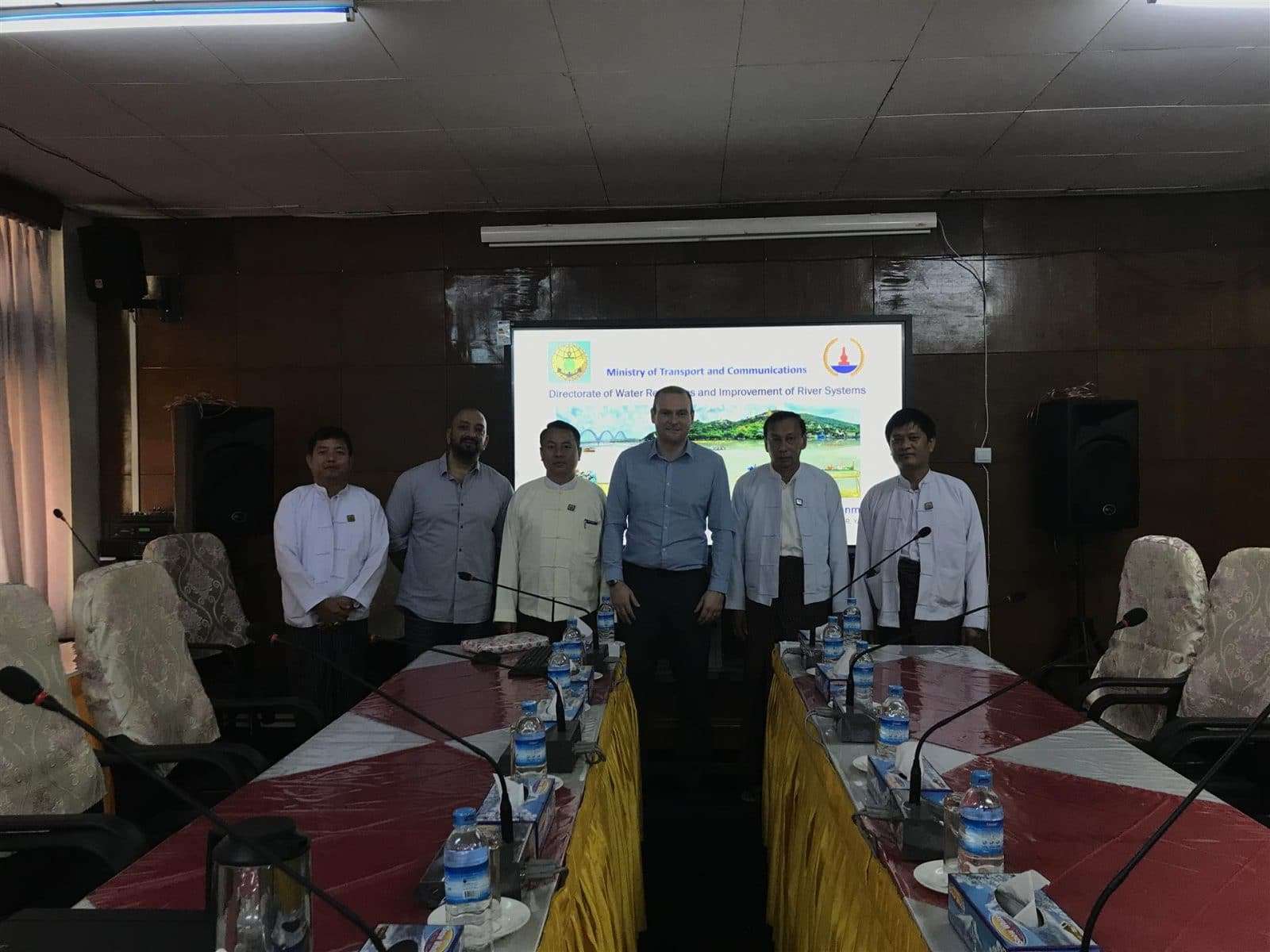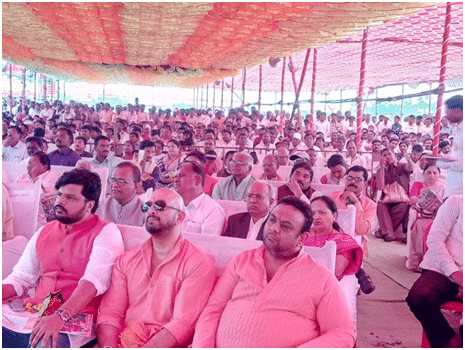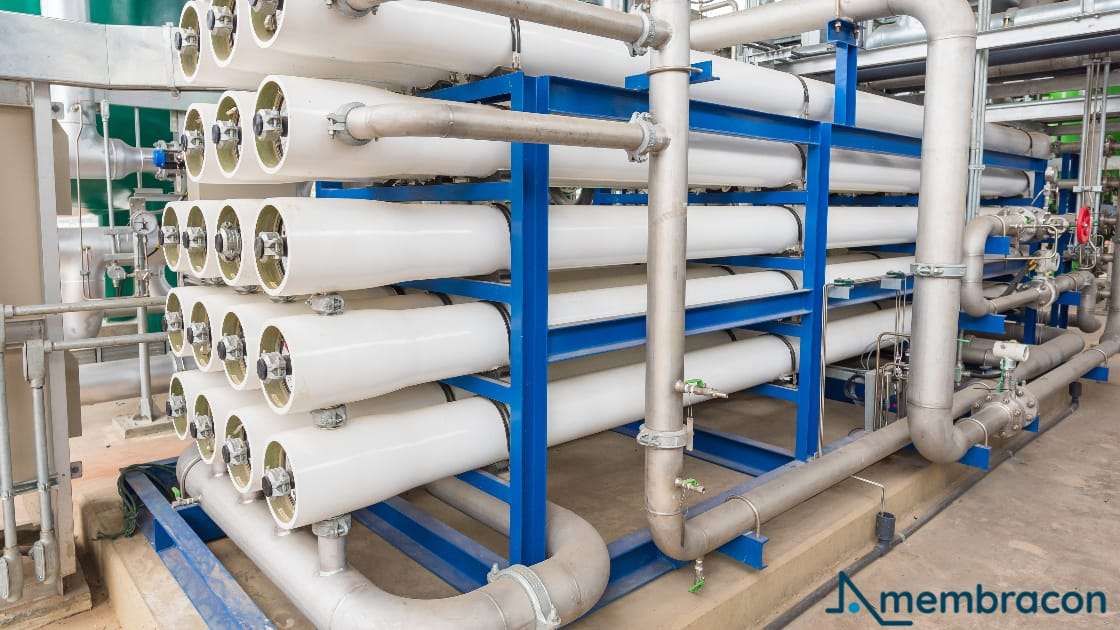
Factors that Affect the Performance of Reverse Osmosis Membrane Filters
Water treatment facilities worldwide use Reverse Osmosis (RO) to remove contaminants from municipal and private water supplies.
While RO systems consist of multiple components, including pre-filters, UV sterilisation systems, pumps, flow meters, and interconnecting pipework, the decontamination process depends on membrane filters to remove contaminants.
Membrane filters trap dissolved solids, such as dissolved salts, heavy metals, bacteria, viruses, and anything bigger than a water molecule. This process follows prefiltration, which typically includes a carbon and sediment filter.
Like any other equipment, RO membranes are affected by various factors and conditions that can influence their performance.
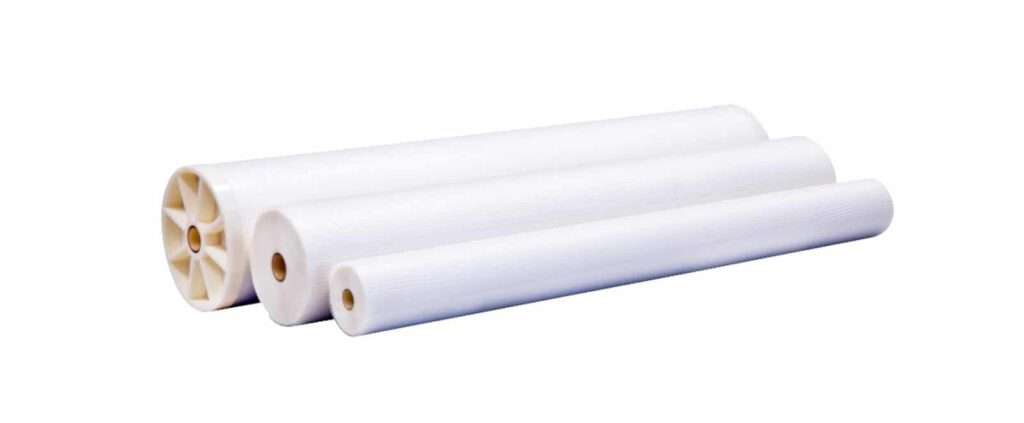
Temperature
Water temperature influences the performance of the membrane filter because if the temperature of the water entering the filter is too high, the membrane’s ability to permeate water decreases.
Low temperatures can also pose a problem because water molecules group together more tightly and can pass through the membrane — this is known as “membrane flux”.
RO membranes typically work best when the water temperature is 65- 70 degrees Fahrenheit. If your facility uses hot water, factor this into the system’s design (one way to deal with high temperatures is with a heat exchanger).

Condition
The condition of the membrane also affects its performance. If there are any signs of fouling, scaling or damage, then this can reduce the performance of the membrane.
It is essential to regularly inspect and clean the membrane to ensure optimal treatment performance. Cleaning a membrane filter can be achieved with a low-flow cleaning fluid or by soaking the filters for several hours.
Additionally, the pre-treatment of the water before it fits the RO membrane filter is essential, especially with salty water, as suspended solids, hardness, and other parameters can block or foul the membrane.
Pressure
The pressure you specify to feed water through the reverse osmosis membrane filter is a critical performance component. The pressure should not be too high, which could cause the membrane to degrade over time.
Remember –a higher transmembrane pressure makes it harder for the membrane filter to reject the total dissolved solids from the feed water.
However, the filter won’t remove the desired contaminants if the pressure is too low, so you must find the right balance. Lower pressures will decrease the filter’s effectiveness, leading to reduced filtration performance.
Salt concentration
A high salt concentration affects the permeability of different molecules through the membrane. Higher salt concentrations increase the charge of the membrane surface, which can decrease the ability of the molecules to diffuse across.
Ultimately, high salt concentrations can cause scaling – the accumulation of (partially) insoluble salts on the membrane – which decreases performance.
A high salt concentration mainly affects smaller molecules like uncharged compounds and ions that can traverse the membrane surface more quickly.
If your facility produces water with high salt concentrations, the molecules of some substances attempting to cross the membrane, such as organic compounds, will have trouble when attempting to do so.
It is crucial to be aware of the salt concentration of the water and design a water treatment/filtration system that can effectively deal with the issue.
Solutions include pre-treating the water to remove suspended solids, pH adjustment to a level between 6.5 and 7.5, and using an anti-scaling agent to prevent scale formation. It is also prudent to clean and thoroughly descale filters regularly.









